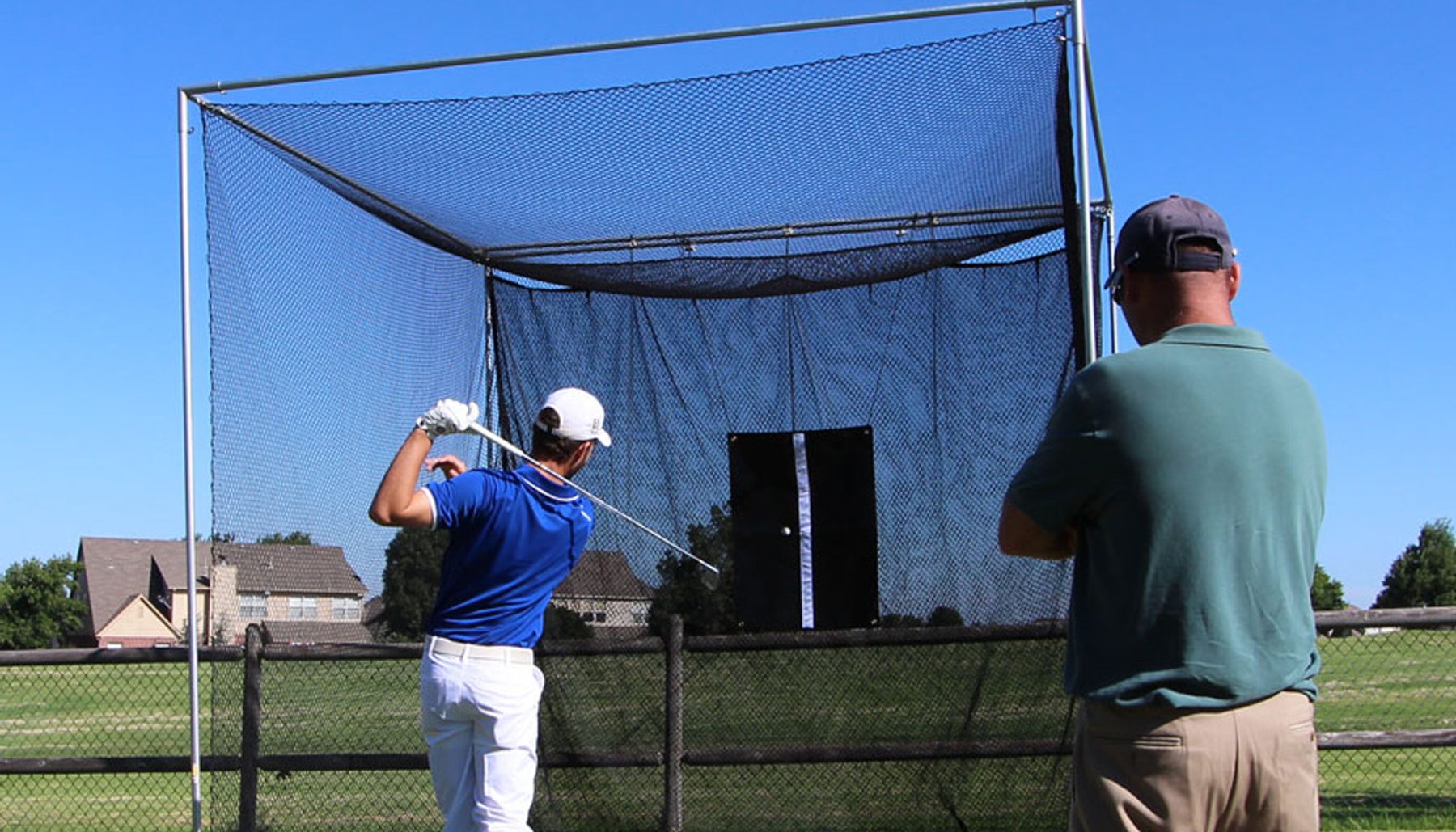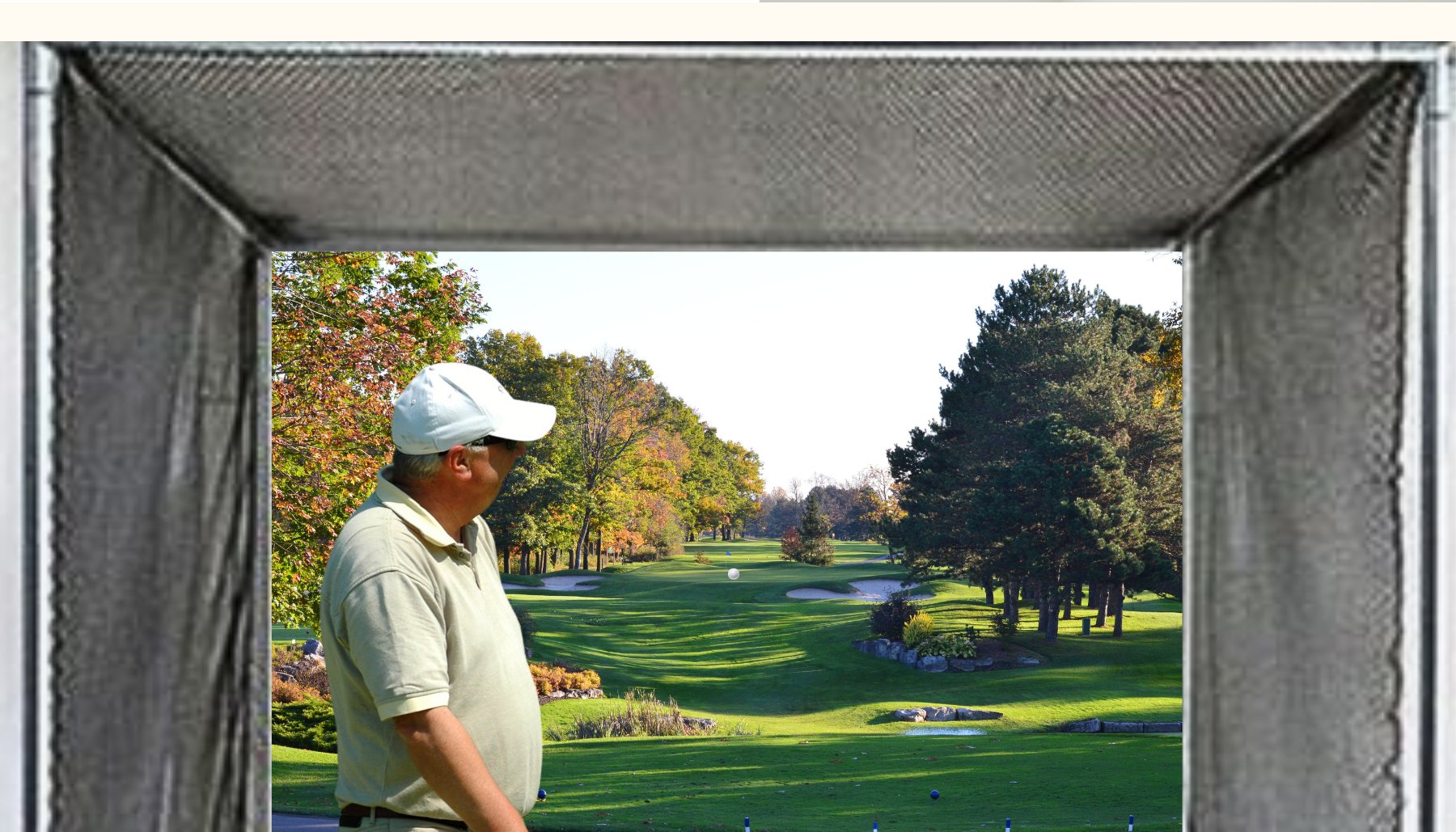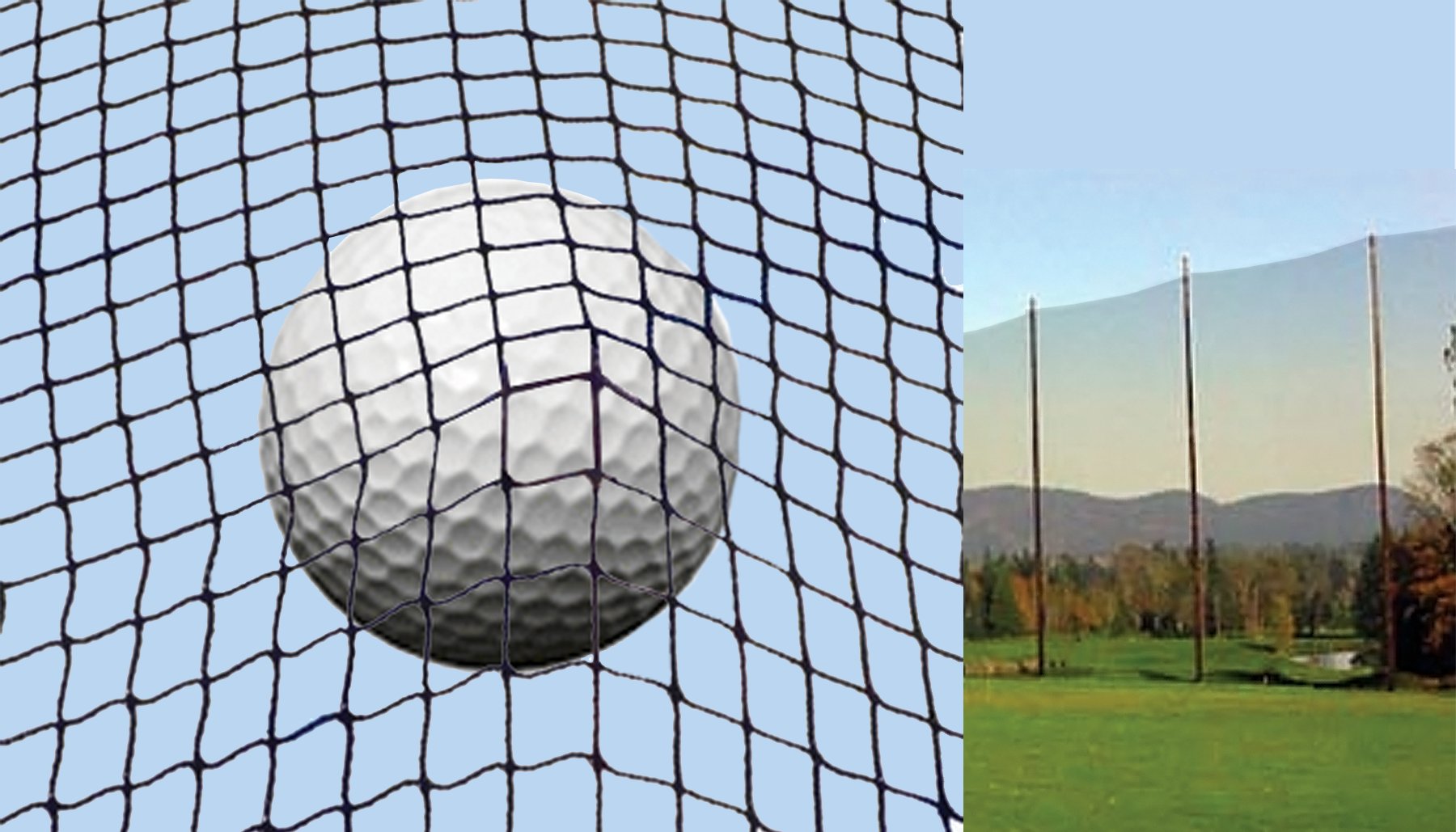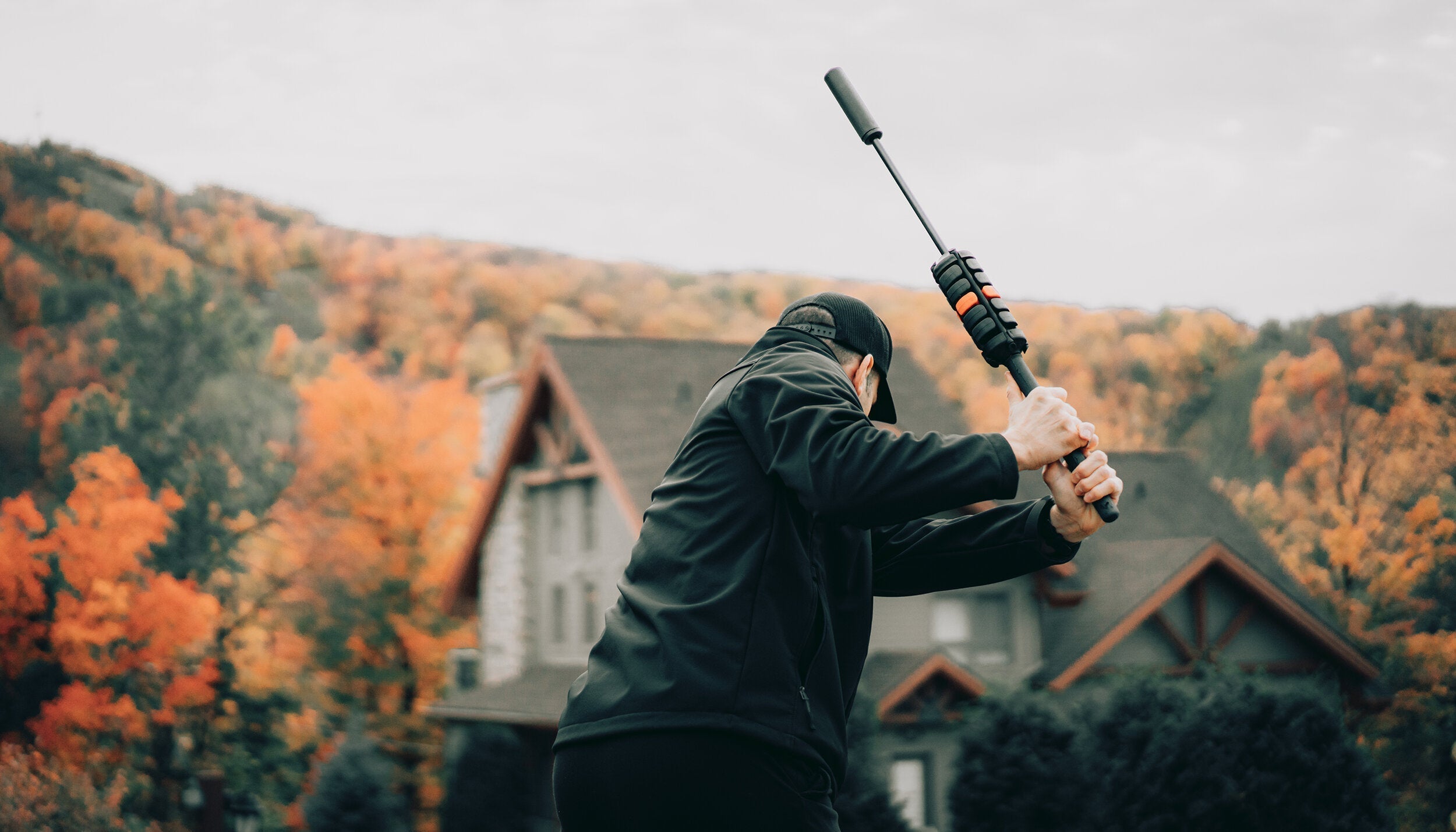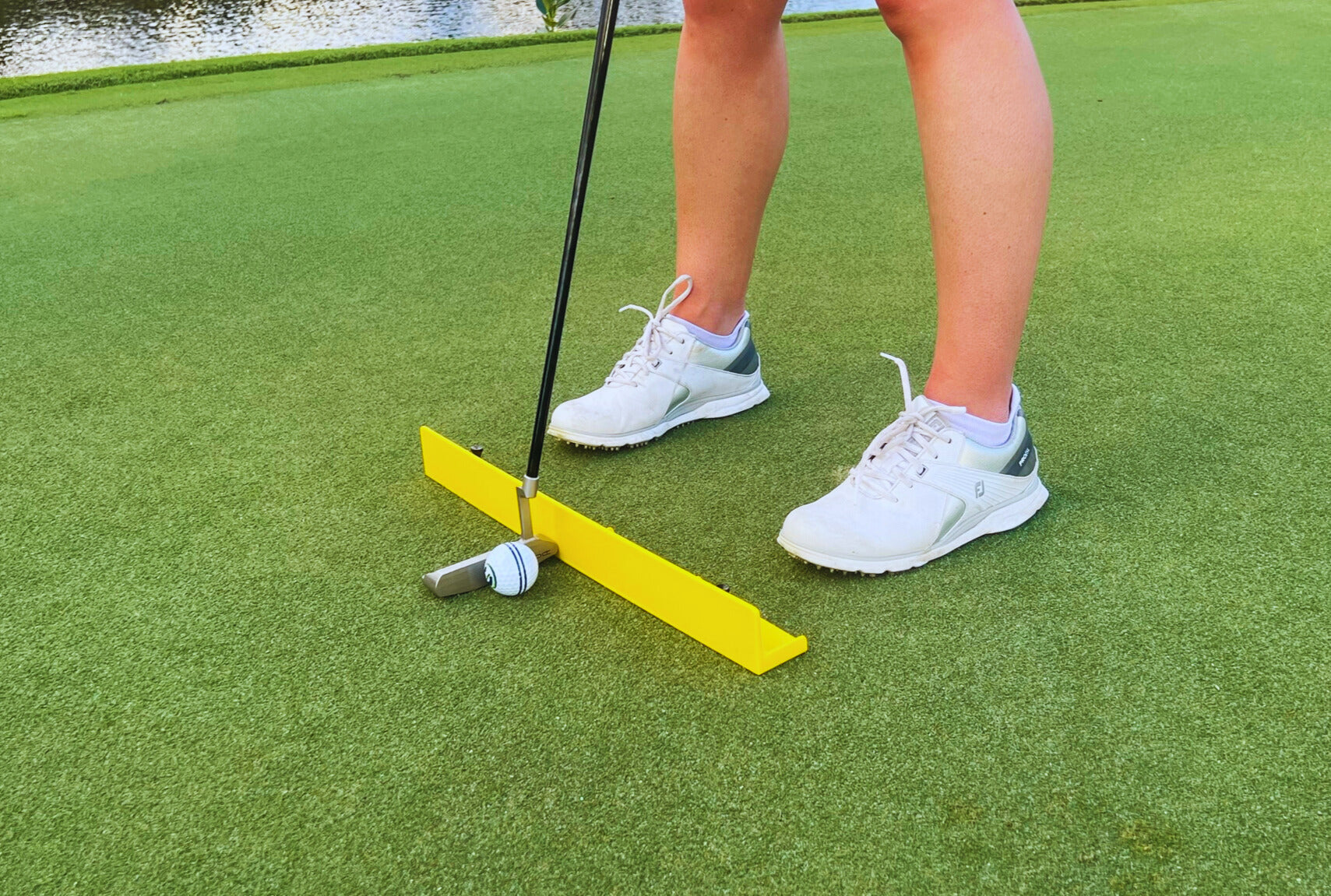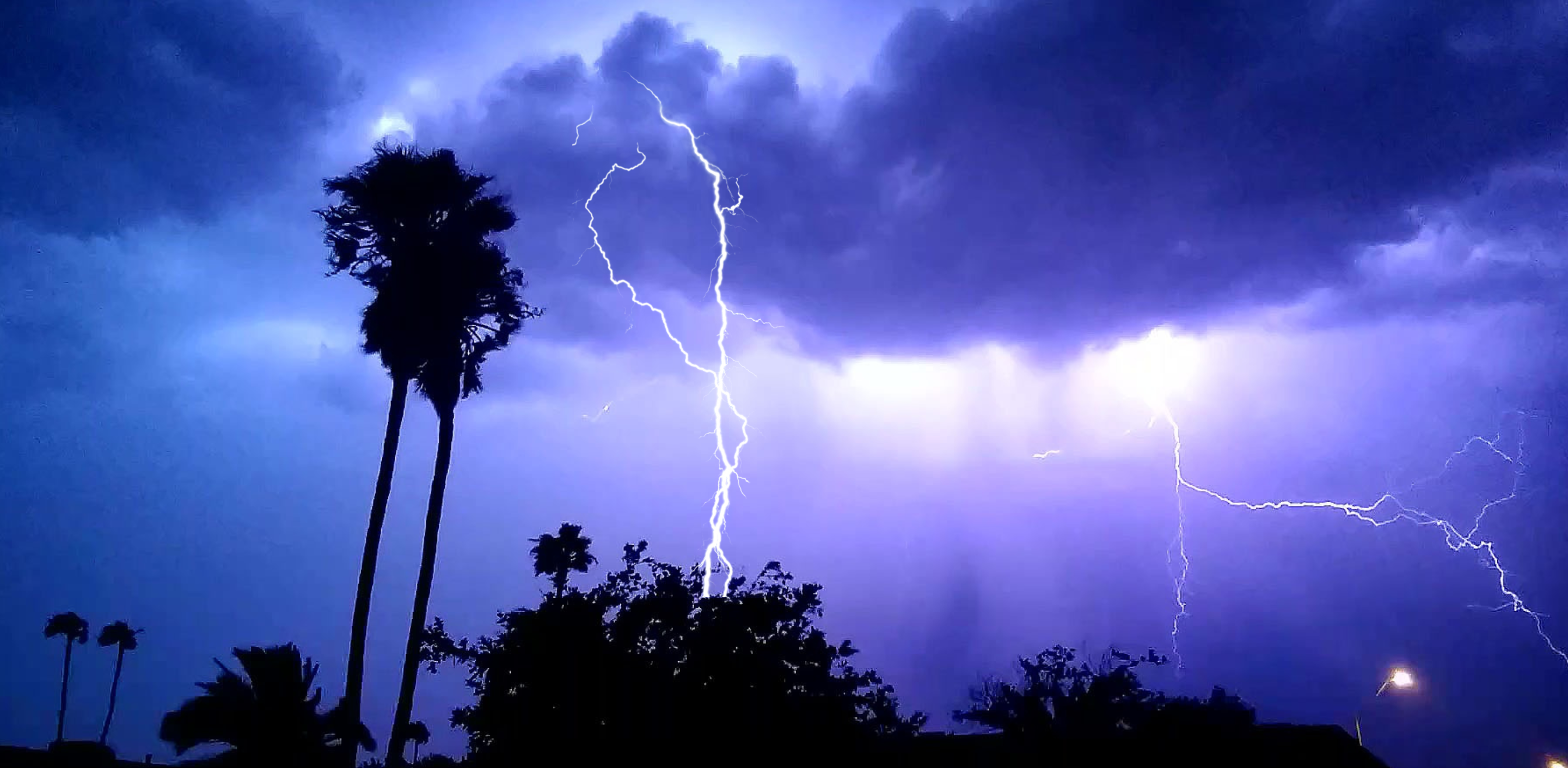Golf is an outdoor sport, and while it's a lot of fun, it can also be risky when the weather turns dangerous—especially when lightning is involved. Lightning strikes can cause severe injury or death, so it’s crucial to take safety seriously. Here’s what to do if you’re on the golf course and a thunderstorm approaches:
- Immediately Stop Playing
- As soon as you see lightning or hear thunder, stop playing right away. Do not wait to see if the storm will pass. Lightning can strike from miles away, and it is unsafe to be on the course during a storm.
- If you're in the middle of a shot, stop what you’re doing and leave the area.
- Seek Shelter
- Find a safe place as quickly as possible. The best option is to seek shelter in a clubhouse or building. These offer protection from lightning and are the safest option.
- If no buildings are nearby, seek shelter in a car. Modern vehicles provide good protection from lightning due to their metal frames (though avoid touching any metal parts).
- Avoid trees, water, and open spaces. Trees are dangerous during lightning storms because they are tall and conduct electricity. Staying near water increases your risk due to its conductivity, and open areas leave you more exposed to strikes.
- Stay in Shelter Until the Storm Passes
- Wait for at least 30 minutes after the last clap of thunder or flash of lightning before resuming play. This rule is commonly referred to as the "30-30 rule." It helps ensure that the storm has truly passed and that it's safe to return to the course.
- Don’t leave shelter too soon. Even if the storm seems to clear, lightning can strike again unexpectedly.
- Pay Attention to Weather Alerts
- Use weather apps or devices to monitor the storm. Many golfers carry portable weather apps or GPS devices that track storm movement. Some golf courses also have weather monitoring systems in place and will provide alerts if lightning is detected.
- Look for local guidelines. Some golf courses have specific lightning detection systems that notify players when to evacuate.
- Follow Course Personnel Instructions
- If you’re at a golf course with staff, listen to their instructions. They are trained to handle weather-related emergencies and can guide you to the safest area on the course.
- What If You're Caught in the Open?
- If you're unable to reach shelter and are caught out in the open, avoid standing near isolated trees or structures like flagpoles or metal fences. These objects are likely to attract lightning.
- Squat down with your feet together, crouching low to the ground, minimizing your height. This reduces the chances of a lightning strike hitting you directly, though it’s not a perfect safety measure.
Why Lightning is Dangerous on the Golf Course
Lightning can strike from a distance, and the tall, open nature of golf courses makes them especially vulnerable. Golf clubs are also metal, and lightning can easily travel through them if you’re holding one. Golfers are also often high up on tees or exposed on the course, making them prime targets for strikes.
Conclusion
Lightning storms are serious threats on the golf course. The key to staying safe is to react quickly when you see or hear signs of a storm and to seek shelter immediately. Remember, it’s better to be safe than sorry, and staying off the course until the storm has passed can save your life. Always take lightning warnings seriously, and don’t resume play until you’re certain the danger has passed. Stay safe out there!



